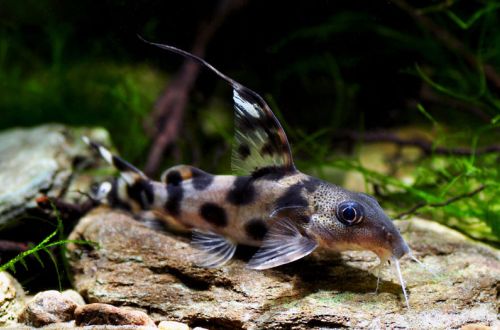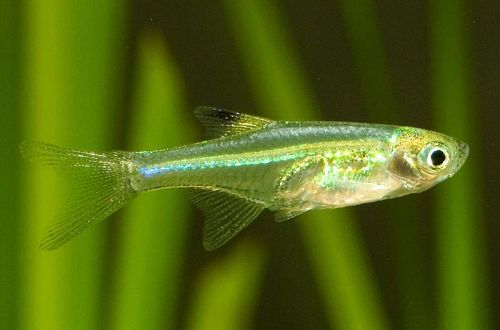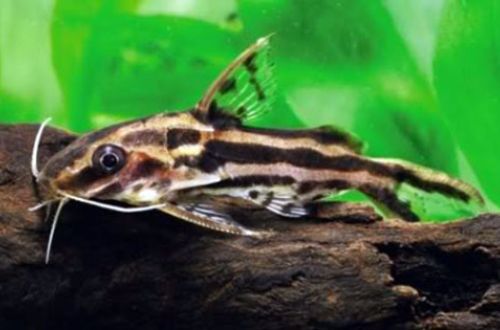
jagged corridor
Serrated Corydoras, scientific name Scleromystax prionotos, belongs to the family Callichthyidae (Shelled or callichthy catfishes). The name is associated with the structural features of the fish – the presence of a jagged medial border of the thoracic spine.

Contents
Habitat
Comes from South America. It is found in the Brazilian states of Minas Gerais, Espirito Santo, Rio de Janeiro and Sao Paulo, inhabiting numerous rivers flowing into the Atlantic Ocean.
Brief information:
- The volume of the aquarium – from 100 liters.
- Temperature – 22-26°C
- Value pH — 6.0–8.0
- Water hardness – 2–22 dGH
- Substrate type – any
- Lighting – subdued
- Brackish water – no
- Water movement – light or moderate
- The size of the fish is 5–6 cm.
- Feeding – any food of suitable size
- Temperament – peaceful
- Keeping in a group of 4-6 individuals
Description
Adults reach a length of 5–6 cm. The fish has an elongated, somewhat stocky body and large fins. Moreover, the dorsal and pectoral fins have a modified first ray, resembling a spike – a means of protection from predators. Additional protection is provided by external covers, which are hard bone plates instead of scales. The coloration is gray with a pronounced black stripe along the lateral line.
Food
The diet can include a variety of foods: dry flakes, granules, freeze-dried insect larvae, live and frozen foods, such as brine shrimp, bloodworms, daphnia, etc.
Maintenance and care, arrangement of the aquarium
The optimal size of the aquarium for a group of 4-6 fish starts from 100 liters. In the design, the main attention should be paid to the lower tier, providing a soft substrate and the presence of several shelters. Keeping the Jagged Corydoras will not cause much trouble. To maintain suitable habitat conditions for this species, it is enough to replace part (15–20% of the volume) of water weekly with fresh water, combined with cleaning the soil with a siphon, preventive maintenance of equipment, remove uneaten food in a timely manner, remove fallen plant fragments (if any). With a partial replacement of water, it is necessary to ensure that the newly added water has the same (or close) temperature and hydrochemical parameters.
Behavior and Compatibility
Males exhibit territorial behavior by competing with each other. Competition increases during the breeding season. For a small aquarium, the number of males should be limited, for example, one male is enough for several females. Friendly to other species, compatible with many popular aquarium fish of comparable size.
Breeding / breeding
Breeding Corydoras jagged is similar to breeding other Cory catfish. In a favorable environment, the fish form a clutch, attaching eggs to any surface. It can be plants, stones, driftwood and even glass – the wall of the aquarium. Parental instincts are not developed, so the eggs should be transferred to a separate tank with identical water conditions. The incubation period takes several days. At first, the fry feed on the remains of the yolk sac, and within a week they begin to take specialized food for juvenile aquarium fish in the form of suspensions, powder, etc.
Fish diseases
The external environment plays a key role in the well-being of fish. If the catfish is in comfortable conditions for itself, receives high-quality food and is not subjected to aggression from neighbors in the aquarium, then cases of the disease are rare. In a situation where a catfish shows signs of illness (lethargy, changes in body shape and color, refusal to eat, etc.), first of all, it is necessary to check the hydrochemical composition of water for deviations in pH and dGH from acceptable values, the presence of high concentrations of products nitrogen cycle, etc. In most cases, normalizing the composition of water leads to recovery. However, in advanced cases, medical treatment will be required. Read more in the section “Diseases of aquarium fish”.





